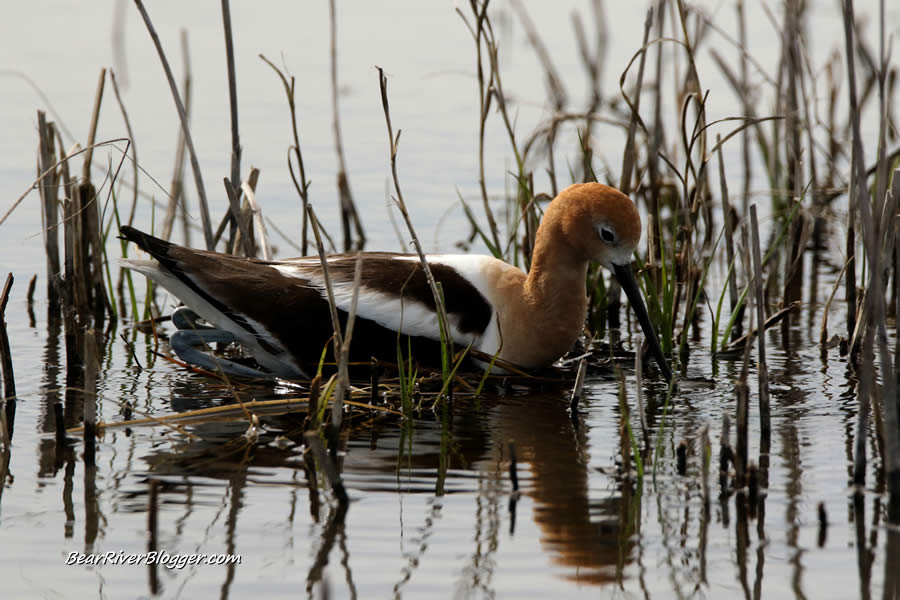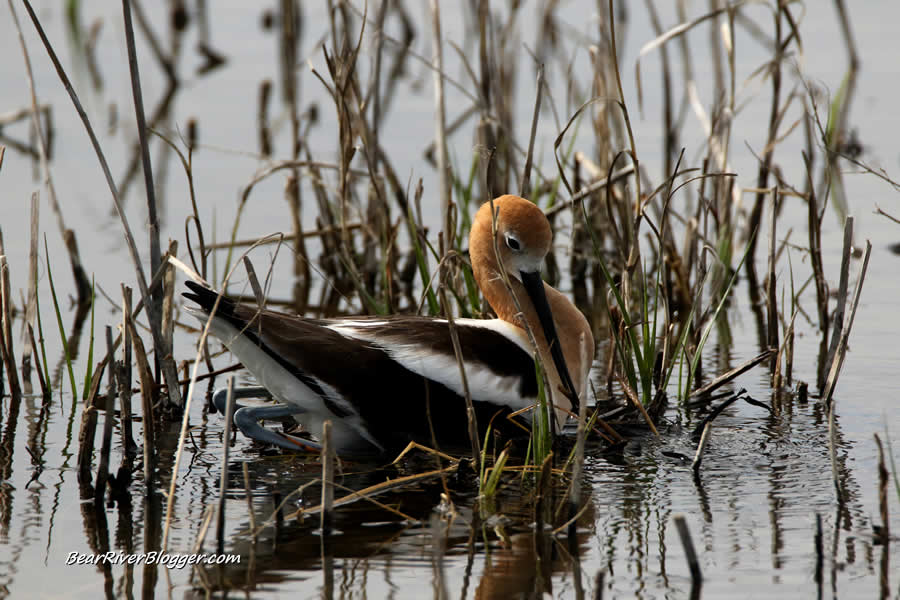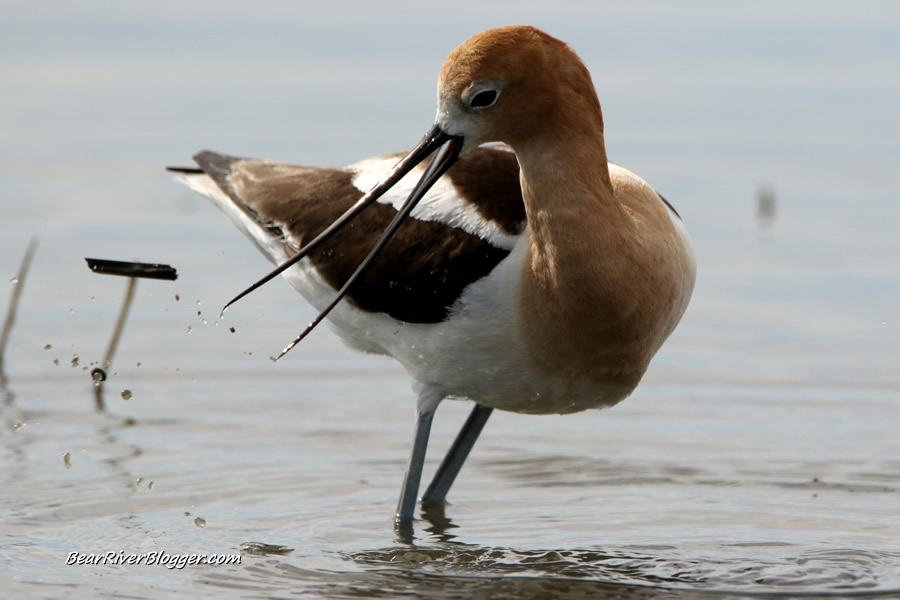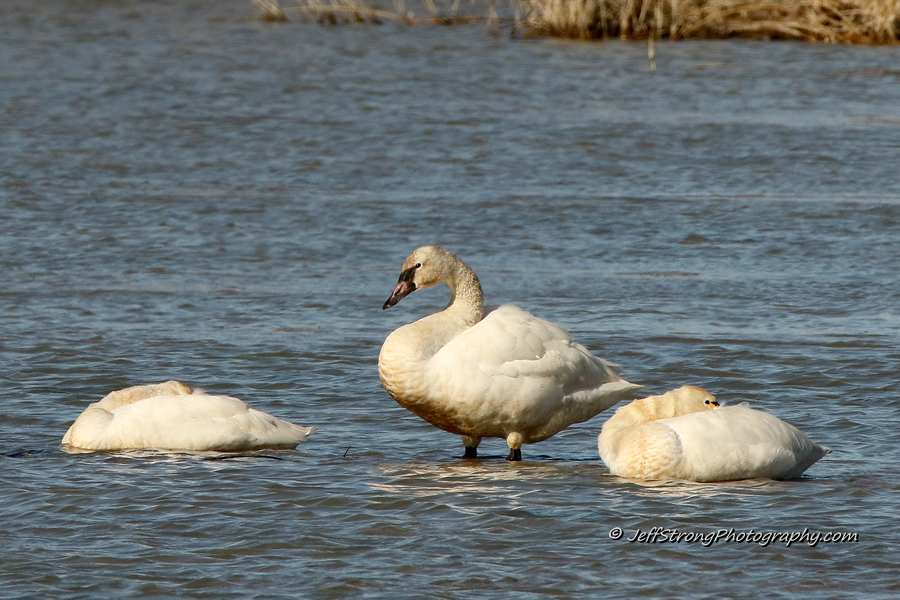If there’s one thing I know about our avian friends it’s this, to learn about birds you simply go and watch birds.
Yes, it really is that simple.
Just go bird watching and keep your eyes open and nature will reveal all kinds of secrets to you.
As I was sorting through some old images tonight I came across a set of photographs and a short video of an American avocet I photographed during the summer of 2018.
The video quality wasn’t very good so I never did anything with it but looking at the photos tonight I was reminded of what I learned that day on the Bear River Migratory Bird Refuge auto tour route about the determination of the American avocet during nesting season.

I don’t remember all the particulars but for some reason that year there was quite a bit of excess water flowing through the Bear River Migratory Bird Refuge, more than it could handle in fact.
Water was rising almost daily it seemed on the wetlands inside the auto loop.
On this particular day, I came across an American avocet on a nest but, unfortunately, it was already flooded by the rising water.
I felt for the avocet as it sat there brooding the eggs, trying so desperately to build up the nest at the same time.
American avocets migrate to the Bear River Migratory Bird Refuge every year to breed.
From what I have read about the American avocet in Utah, around 14% of the continental breeding population comes to the Great Salt Lake wetlands each year for nesting season.

This includes the Bear River Migratory Bird Refuge as it is one of the best places in Utah to view and photograph the American avocet during the summer months.
Well, I sat and watched this American Avocet on the nest for several minutes or more, feeling bad it had apparently lost the nest due to the rapidly rising water.
It kept trying to save the nest by pulling surrounding vegetation back on the nest in a valiant effort to build it up.
Then something that I would call quite incredible happened as the avocet got up and started to wade the nearby water.
At first, I thought the avocet had just given up and was headed out to feed but that wasn’t the case, in fact, it wasn’t the case at all.
The American avocet started to probe the deeper water for more vegetation and then began tossing it back towards the nest in an effort to try and save the eggs from the imminent destruction.
I apologize for the poor video quality but you can see from what I was able to record the avocet was trying all it could to build up the nest by tossing what vegetation it could find back towards the nest.
It was a lost cause because the nest was already flooded and the water was rising so quickly but I learned something that day about how intelligent and tenacious the American avocet is.
I never would have thought in a million years the avocet would work so hard to try and save a flooded nest by tossing vegetation back towards the nest like this bird was doing.

I was quite impressed with what I learned that day about the American avocet but, unfortunately, when I returned the very next day to see what had happened, the avocet’s nest was completely underwater and abandoned by the pair of birds.
This is why I love bird watching so much, you can learn a lot about birds by just sitting and observing birds just being birds.
If you are a bird watcher like I am, I offer you to head on over to our subscribe page and sign up for email notifications for future blog posts.
We also have a small but growing YouTube channel we invite you to follow as well for the occasional video updates and short nature clips we are able to record on our bird watching and nature-related excursions.
Let’s Go Bird Watching Classic T-shirt, available in a variety of colors and styles. Visit our online store for more information or to make a purchase, and use coupon code save20 for 20% off for a limited time.







